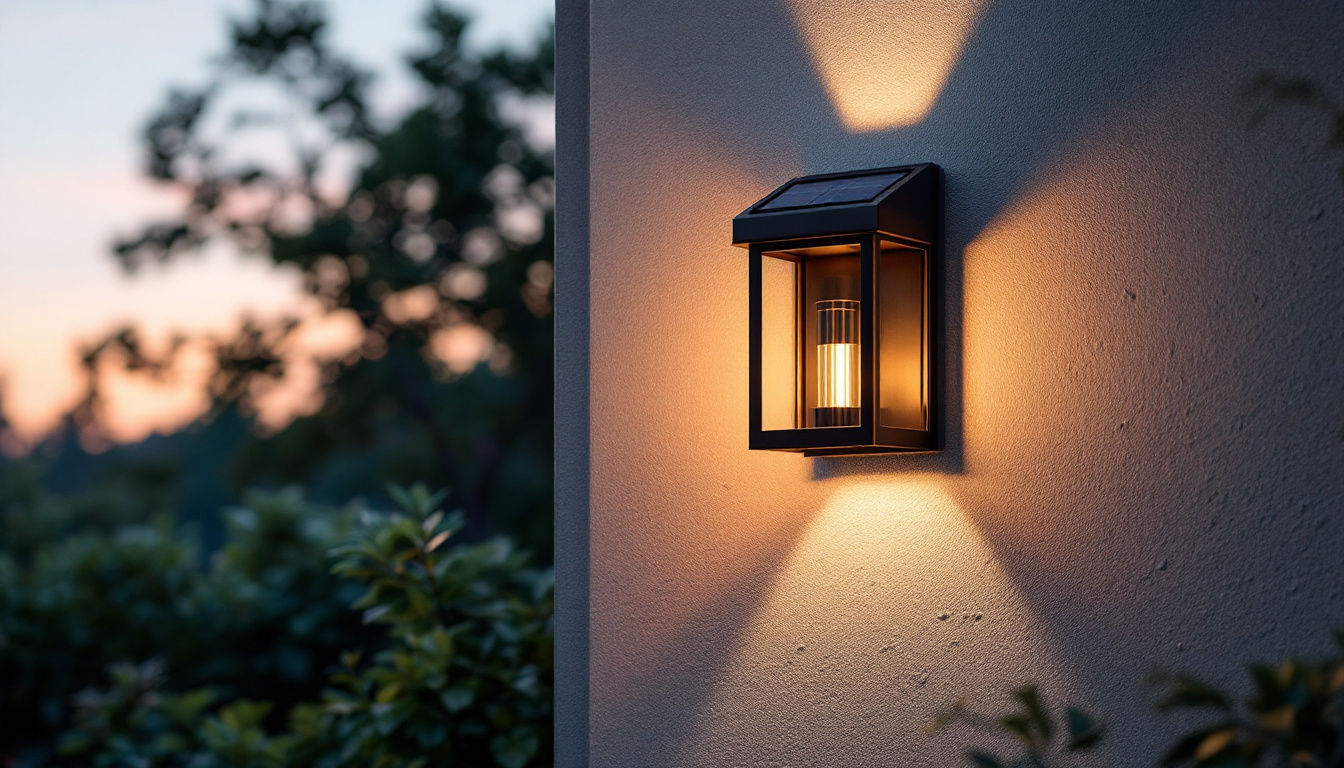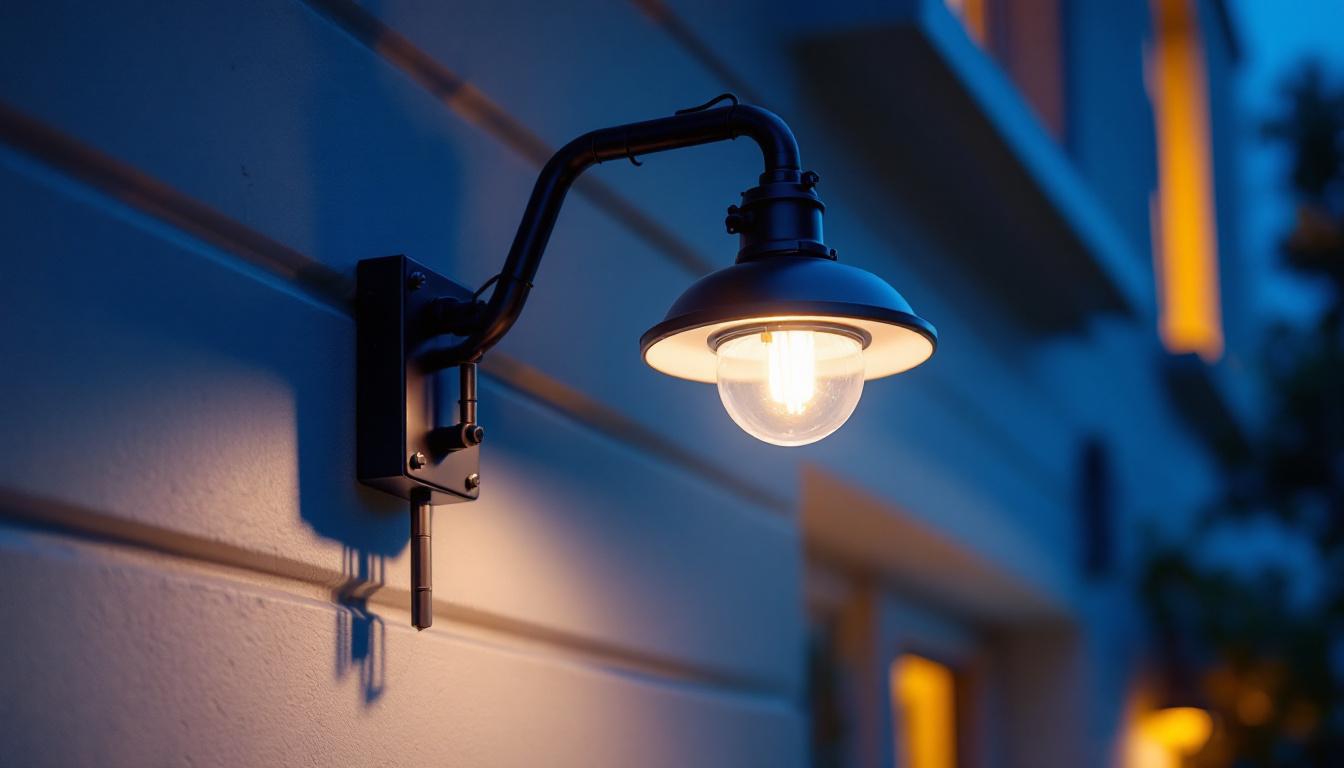
As the lighting industry continues to evolve, the transition from traditional fluorescent lighting to LED technology has gained significant momentum. This shift not only enhances energy efficiency but also aligns with modern compliance standards. For lighting contractors, understanding the nuances of fluorescent light LED compliance is essential for staying competitive and ensuring client satisfaction. This article delves into the critical aspects of compliance that lighting contractors need to be aware of when working with fluorescent LED lighting systems.
Fluorescent light LED technology represents a significant advancement in lighting solutions. Unlike traditional fluorescent bulbs, which utilize gas and phosphors to produce light, LED technology relies on semiconductor materials. This fundamental difference results in several advantages, including increased energy efficiency, longer lifespan, and reduced environmental impact.
LEDs, or Light Emitting Diodes, generate light through electroluminescence, where electrons move through a semiconductor material. This process is inherently more efficient than the gas discharge method used in fluorescent lighting. Consequently, LEDs consume less energy while providing comparable or superior illumination.
Moreover, LED technology has evolved to offer a wide range of color temperatures and brightness levels, allowing for greater flexibility in design and application. This adaptability makes LEDs suitable for various environments, from residential spaces to commercial and industrial applications. For instance, in a retail setting, warm white LEDs can create an inviting atmosphere, while cooler temperatures can enhance focus in office environments. This versatility is one of the key reasons why LED technology has gained widespread acceptance across multiple sectors.
The benefits of transitioning from fluorescent to LED lighting extend beyond energy efficiency. For contractors, these advantages can translate into increased customer satisfaction and loyalty. Key benefits include:
Additionally, the environmental benefits of LED technology cannot be overlooked. Unlike fluorescent bulbs, which contain hazardous materials like mercury, LEDs are free from such toxins, making them a safer choice for both consumers and the planet. This eco-friendliness aligns with the growing trend toward sustainable practices in both residential and commercial sectors. Furthermore, as energy-efficient lighting becomes a standard requirement in many building codes, transitioning to LED lighting can help businesses comply with regulations while also appealing to environmentally conscious consumers.
Another noteworthy aspect of LED technology is its capacity for smart integration. Modern LED systems can be easily connected to smart home devices and building management systems, allowing for enhanced control over lighting conditions. This means users can adjust brightness levels, set schedules, and even control lighting remotely via smartphone apps. Such features not only improve convenience but also contribute to further energy savings by ensuring that lights are only used when needed, showcasing the innovative potential of LED technology in our increasingly digital world.
Compliance with industry standards is crucial for lighting contractors, especially when it comes to LED technology. Various regulations and guidelines govern the use of LED lighting, ensuring safety, performance, and environmental responsibility.
One of the primary compliance areas for lighting contractors is energy efficiency. Organizations such as the Department of Energy (DOE) and the Environmental Protection Agency (EPA) have established standards that dictate the minimum energy performance for lighting products. These standards are designed to promote energy conservation and reduce greenhouse gas emissions.
Contractors should familiarize themselves with the Energy Star program, which certifies products that meet specific energy efficiency criteria. By using Energy Star-rated LED products, contractors can assure clients that they are investing in high-quality, efficient lighting solutions.
In addition to energy efficiency, safety is a paramount concern in the lighting industry. Compliance with safety regulations ensures that lighting products are safe for installation and use. The Underwriters Laboratories (UL) and the International Electrotechnical Commission (IEC) are two organizations that set safety standards for lighting products.
Contractors should verify that the LED products they use are UL-listed or comply with IEC standards. This certification indicates that the products have undergone rigorous testing for safety and performance, providing peace of mind to both contractors and clients.
When transitioning to LED lighting, proper installation is critical to ensure compliance and optimal performance. Lighting contractors must be aware of several key factors during the installation process.
One of the first considerations for contractors is the compatibility of LED bulbs with existing fluorescent fixtures. While many LED products are designed to retrofit into traditional fixtures, not all are created equal. Some LED bulbs require specific electronic ballasts, while others may need to be installed with a bypass of the ballast altogether.
Contractors should conduct a thorough assessment of the existing fixtures and determine the best approach for installation. This may involve consulting product specifications or seeking guidance from manufacturers to ensure a smooth transition.
Electrical considerations are paramount when installing LED lighting. Contractors must ensure that the wiring is compatible with the new LED systems. This includes checking voltage requirements and ensuring that the circuit can handle the load of the new fixtures.
Additionally, proper grounding and circuit protection are essential to prevent electrical hazards. Following local electrical codes and regulations is crucial to ensure compliance and safety during installation.
As sustainability becomes increasingly important in the lighting industry, contractors must consider the environmental impact of their lighting choices. LED technology offers several advantages in this regard, but understanding the broader implications is essential.
One of the most significant environmental benefits of LED lighting is its reduced waste generation. Traditional fluorescent bulbs contain hazardous materials, such as mercury, which require special disposal methods. In contrast, LEDs do not contain harmful substances, making them easier to dispose of and recycle.
Contractors should educate clients about proper disposal methods for old fluorescent fixtures and promote recycling programs for LED products. By doing so, contractors can contribute to a more sustainable lighting solution and enhance their reputation as environmentally responsible professionals.
Conducting a life cycle assessment (LCA) of lighting products can provide valuable insights into their environmental impact. This assessment evaluates the entire life span of a product, from raw material extraction to manufacturing, use, and disposal.
Contractors can leverage LCA data to make informed decisions about the products they recommend to clients. By selecting LED products with a lower environmental impact throughout their life cycle, contractors can align their practices with sustainability goals and client expectations.
Effective communication with clients is vital for successful projects. Lighting contractors must educate clients about the benefits and compliance aspects of transitioning to LED technology. This education can help clients make informed decisions and understand the value of their investment.
Contractors should take the time to explain the advantages of LED lighting in terms that resonate with clients. This includes discussing energy savings, reduced maintenance costs, and the positive environmental impact of LED technology.
Providing case studies or examples of successful LED installations can further illustrate the benefits. Clients are more likely to embrace the transition when they see tangible results from similar projects.
Clients may have concerns about the initial cost of LED lighting compared to traditional options. Contractors should be prepared to address these concerns by highlighting the long-term savings associated with reduced energy consumption and longer lifespans of LED products.
Additionally, discussing available incentives, rebates, or financing options can alleviate financial concerns and make the transition more appealing. By proactively addressing common objections, contractors can foster trust and confidence in their recommendations.
The landscape of lighting technology is continually evolving, and compliance standards will likely adapt to reflect these changes. Lighting contractors must stay informed about emerging trends and regulatory updates to remain competitive in the market.
As LED technology advances, new innovations are likely to emerge, offering even greater energy efficiency and performance. Contractors should keep an eye on developments such as smart lighting systems, which integrate LED technology with IoT (Internet of Things) capabilities.
These innovations can enhance the functionality of lighting systems, allowing for increased control, automation, and energy management. Staying informed about these trends will enable contractors to offer cutting-edge solutions to their clients.
Regulatory bodies may introduce new compliance standards as the industry evolves. Contractors must remain vigilant and adapt their practices to align with these changes. This may involve ongoing education and training to ensure that all team members are knowledgeable about the latest regulations.
Engaging with industry associations and participating in training programs can provide valuable insights into upcoming changes and best practices for compliance. By staying ahead of the curve, contractors can position themselves as trusted experts in the field.
The transition from fluorescent lighting to LED technology presents numerous opportunities for lighting contractors. Understanding compliance standards, installation considerations, and the environmental impact of LED products is essential for success in this evolving landscape. By educating clients and staying informed about industry trends, contractors can navigate the complexities of fluorescent light LED compliance and deliver exceptional lighting solutions that meet the needs of their clients.
Ultimately, embracing LED technology not only enhances energy efficiency and sustainability but also positions contractors as leaders in the industry. As the demand for energy-efficient lighting solutions continues to grow, those who adapt and innovate will thrive in the competitive marketplace.
Ready to elevate your lighting projects with the most efficient, compliant LED solutions? Look no further than LumenWholesale. Our extensive selection of spec-grade lighting products is designed to meet the highest industry standards, ensuring you deliver excellence to your clients. With unbeatable wholesale prices and the convenience of free shipping on bulk orders, we provide the value and quality you need to stay ahead in the competitive lighting market. Don’t compromise on performance or price. Discover the best value in wholesale lighting today and light up your projects with confidence.

Illuminate your projects with our comprehensive guide on solar outdoor wall lanterns.

Explore the ultimate guide to patio lighting as we compare traditional lights with innovative alternatives.

Discover expert tips on selecting the perfect flush mount ceiling light for your kitchen.

Discover how outdoor light mounting brackets play a crucial role in enhancing safety and stability in lighting installations.